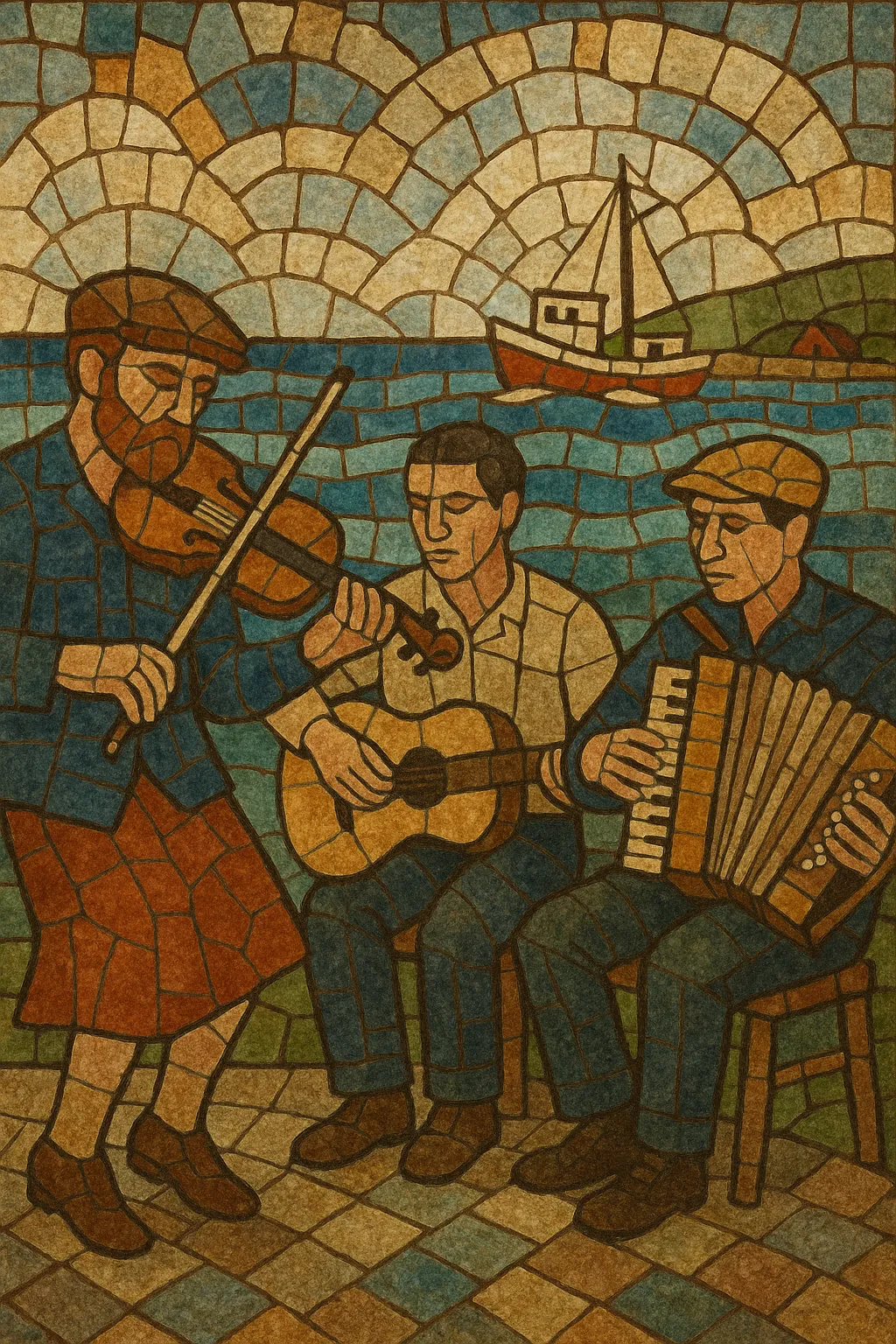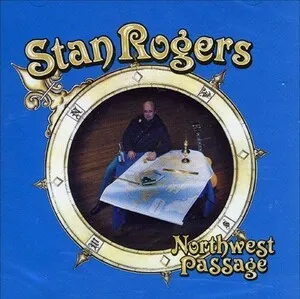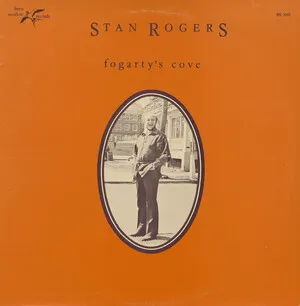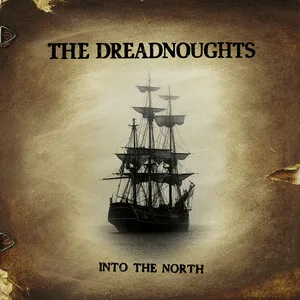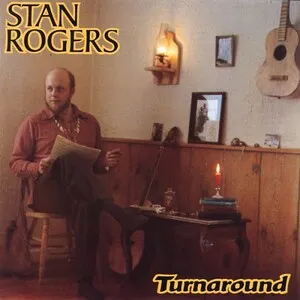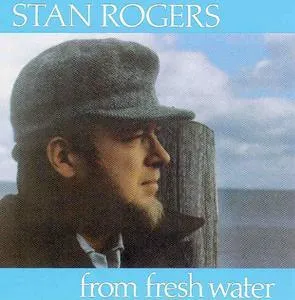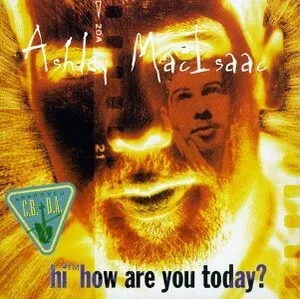Canadian Maritime folk is the traditional and revival folk music of Canada’s Maritime provinces (Nova Scotia, New Brunswick, and Prince Edward Island), shaped by seafaring life, Gaelic and Acadian communities, and English ballad traditions. It blends fiddle-driven dance music with narrative ballads and work songs tied to shipbuilding, fishing, and rural coastal life.
Musically, it draws strongly from Scottish, Irish, and English sources (reels, jigs, strathspeys, waltzes), Acadian French song, and localized Indigenous influences, especially Mi'kmaq song forms. Core instruments include fiddle (often lead), guitar, piano, accordion, tin whistle, bodhrán, and spoons, with step-dance serving as a percussive element. Songs are performed in English, Scottish Gaelic, and Acadian French, favoring sing-along choruses, call-and-response refrains, and modal melodies (often Mixolydian and Dorian). The social setting—kitchen parties, ceilidhs, and community halls—remains central to the sound and spirit.
Settlers from Scotland, Ireland, and England brought ballads, dance tunes, and sacred repertoire to the Maritimes. In Cape Breton, Scottish Gaelic culture flourished, preserving strathspeys, reels, and step-dance traditions with a distinctive Cape Breton fiddle style. Acadian communities in New Brunswick and PEI sustained French-language songs and dance music. Maritime work life at sea fostered a strong shanty tradition in ports like Halifax and Saint John, while local Indigenous (especially Mi'kmaq) musical practices intersected with settler folkways.
In the early-to-mid 1900s, folklorists such as Helen Creighton collected and published Maritime songs and ballads, helping to canonize local variants and preserve repertoire. Radio and later CBC broadcasts carried regional performers beyond their communities, while community dances and parish halls kept the tradition vibrant.
The 1960s folk revival connected Maritime repertoire to national stages. John Allan Cameron brought Gaelic and Cape Breton styles to television audiences. Groups and artists like Ryan’s Fancy (Ireland-to-NL), Rita MacNeil, and The Rankin Family popularized Maritime song in the 1970s–1990s. Instrumentalists such as Buddy MacMaster, Natalie MacMaster, and Ashley MacIsaac helped define the contemporary Cape Breton fiddle sound globally. Festivals (Celtic Colours in Cape Breton; the Stan Rogers Folk Festival in Canso) cemented the region’s profile.
Today, Maritime folk thrives through sessions, ceilidhs, and touring acts. Artists blend tradition with folk-rock, singer-songwriter, and Celtic fusion aesthetics, while Acadian and Gaelic-language projects keep multi-lingual continuity. The style’s communal, dance-centered performance practice remains its hallmark, influencing Canadian folk broadly and informing Celtic rock and punk crossovers.

